On The Edge
Taking Flight with the Red Bull Cliff Diving Team
Tom Hill // Photography by Jakob Schweighofer / Red Bull Content Pool
It’s just you; your body, your mind and a pair of trunks. If you’re not afraid of doing a dive it’s probably not a good sign. It’s something you have to overcome. You need to feel fear.
Imagine you are standing on the edge of a cliff. You can feel a gentle breeze bristling the hair on your arms. Looking down, the water below you looks impossibly far away. Shuffling your feet to find a comfortable position that doesn’t really exist calms your nerves, provides an action to focus on. You close your eyes and visualise the next few seconds. In direct contradiction of every human instinct that you hold, you will leap from the rock. Your muscles twitch, anticipating their imminent task. You picture the cliff rushing past your eyeline, providing the visual clues you need to perfectly time this gymnastic falling. You prepare yourself for the moment your body will tear through the water, and the crushing impact that even a perfectly executed entry brings. Opening your eyes, you shuffle your feet once more, take a deep breath and launch into the blue.
‘No matter how experienced you are, you carry the weight of fear when you’re on the platform. It is a deeply lonely place,’ Andy Jones describes. ‘It’s just you; your body, your mind and a pair of trunks. If you’re not afraid of doing a dive it’s probably not a good sign. It’s something you have to overcome. You need to feel fear.’
The Red Bull Cliff Diving World Series has been running since 2009. During that time, a small group of elite-level divers (including former pool-diving World Champions) have toured the globe, competing at the highest level. Dives take place from between 26m and 28m. As with a competition in a swimming pool, dives are scored against execution and degree of difficulty. Cliff diving brings its own challenges though; the height of take-off is the equivalent of the eighth floor of a building, meaning divers will reach speeds in excess of 80kph when they hit the water – an impact of 5 g-force. Divers must be in supreme physical condition, not just to execute the complex, balletic manoeuvres, but to survive the landing without injury. With varying weather and dive conditions, and the pressure of elite competition, this is a sport that deserves the ‘extreme’ tag that can now sometimes feel clichéd.
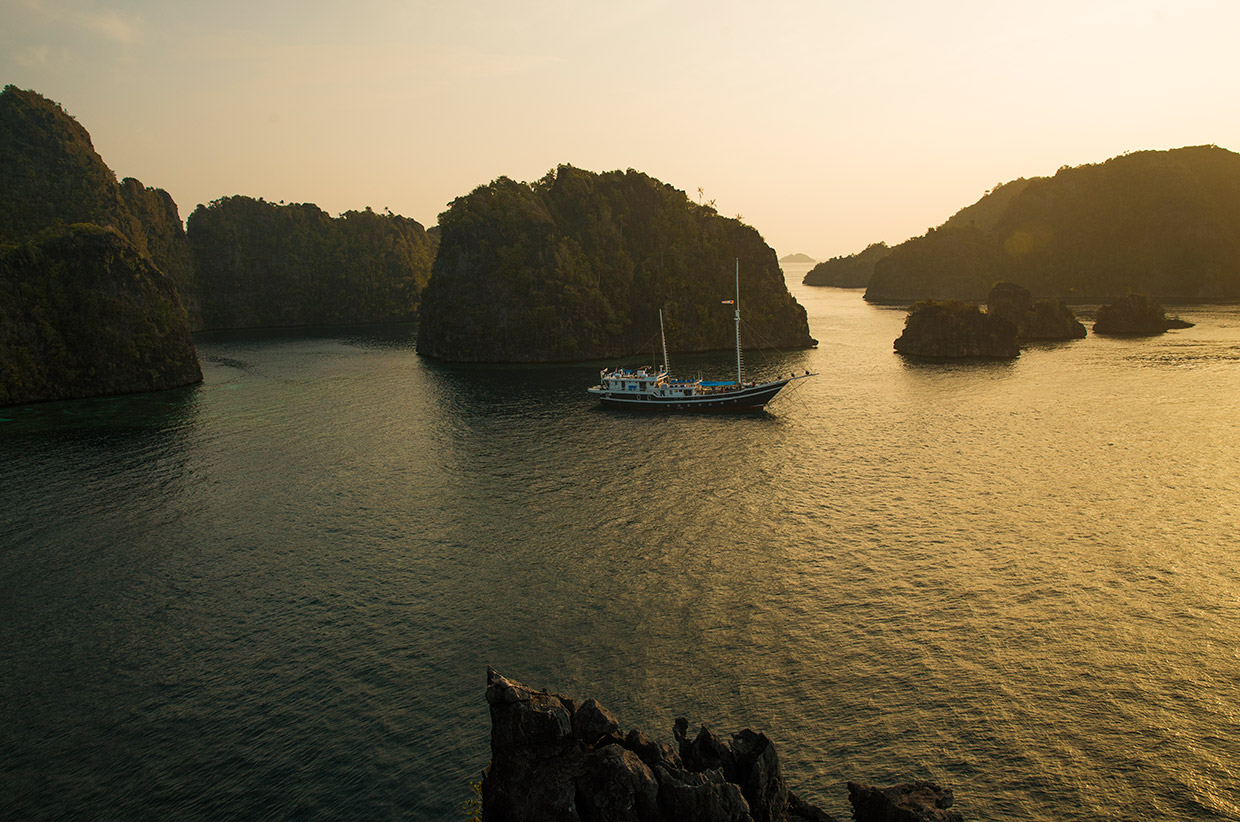
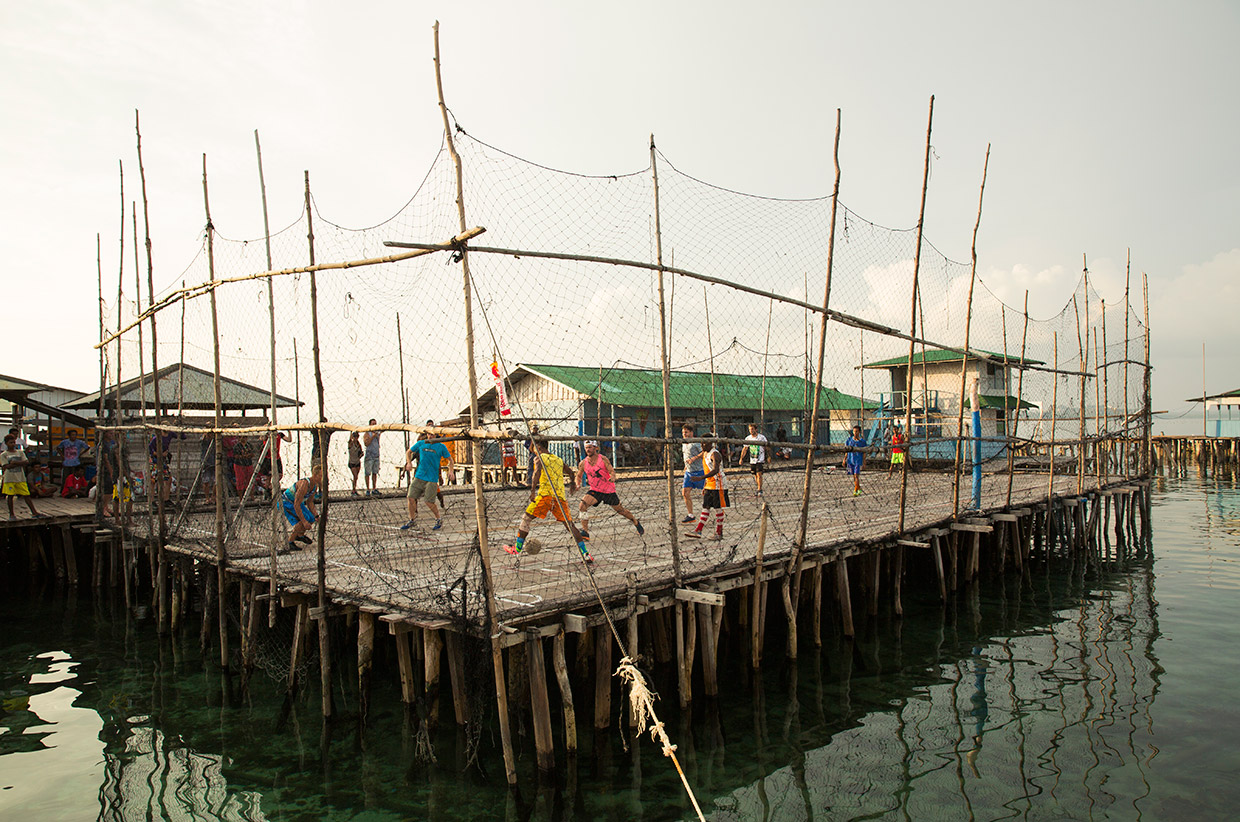

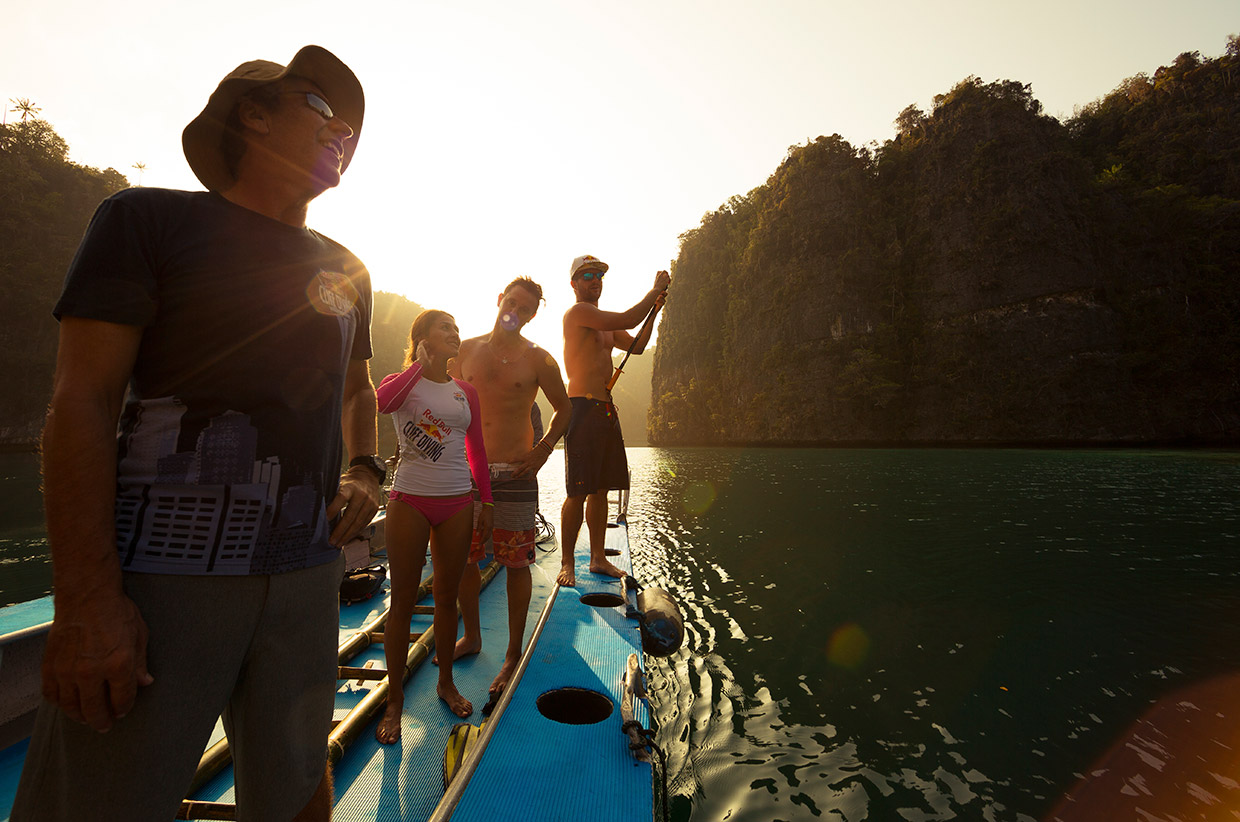
David Colturi’s favourite part of the cliff dive is that moment of take-off. ‘Everything builds up to that point. You have so many emotions and thoughts and fears. Everything is running through your mind and your body and you are trying to calm down and control it. Getting overwhelmed is the worst thing that can happen. So you’re really just having this inner battle, trying to stay confident, thinking of some simple things to help you do this crazy act safely and successfully.
‘As soon as you leave the platform, everything disappears. Your mind goes blank, you’re totally on autopilot, you’re trusting your training and your capabilities. That first lift-off into the moment of flight is just magical. It is hard to describe with words, but it’s something that only a handful of people around this world can really experience and it’s something that we get to share as a cliff-diving family. It’s truly an amazing thing.’
For an outsider, to even stand on that platform and stare into the abyss feels utterly unreachable. It’s easy to forget that even the superstars had a first time. They too shared the same emotions, the same tightening of their stomach and weak knees. For you and me, these perfectly normal physical responses to life-endangering exposure are enough to make us step back from the edge or never even approach it. Yet for that select few, conquering the mind is part of the draw.
Blake Aldridge describes the first time he dived from 27m. ‘I walked to the end of the platform, looked over the edge and even I was intimidated because you’ve got nothing around you; it’s so high up. But once you do it and you get a feeling for it, it’s the best feeling in the world to really question yourself and challenge yourself. Then you do it and it’s OK, and then that feeling afterwards! Let’s get up and do it again…’
Watching a diver take flight – and for a split second, it really does look like flight as they hang in the air, arms wide, back arched – it is impossible not to be impressed by the athletic beauty of this sport. Perhaps what is most impressive is that competitors complete these aerial gymnastics against a backdrop of palpable danger. Added height doesn’t just bring with it greater risk, though; it brings opportunity. A 27m freefall gives more time for the diver to manoeuvre and contort their body, twisting and tumbling through the air, before they prepare for entry, pencil-straight and piercing the water.
As soon as you leave the platform, everything disappears. Your mind goes blank, you’re totally on autopilot, you’re trusting your training and your capabilities. That first lift-off into the moment of flight is just magical.
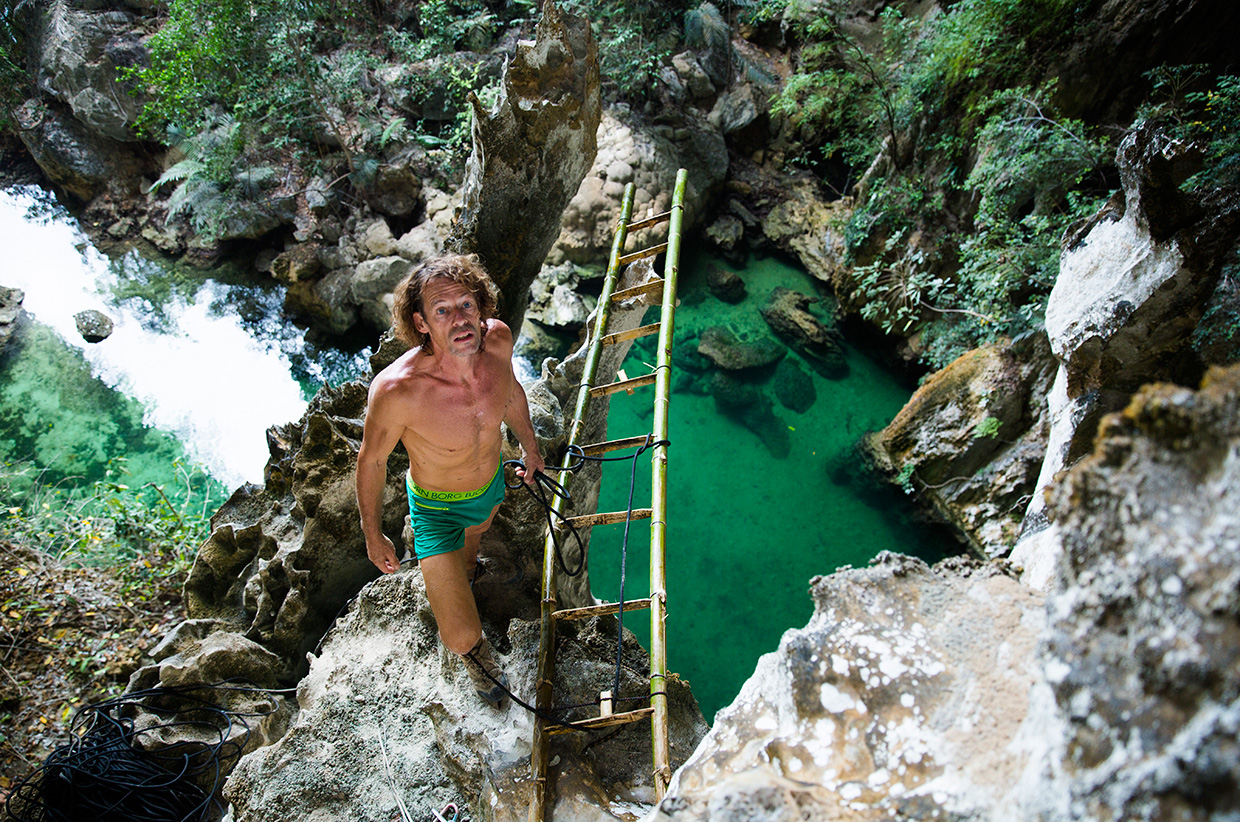
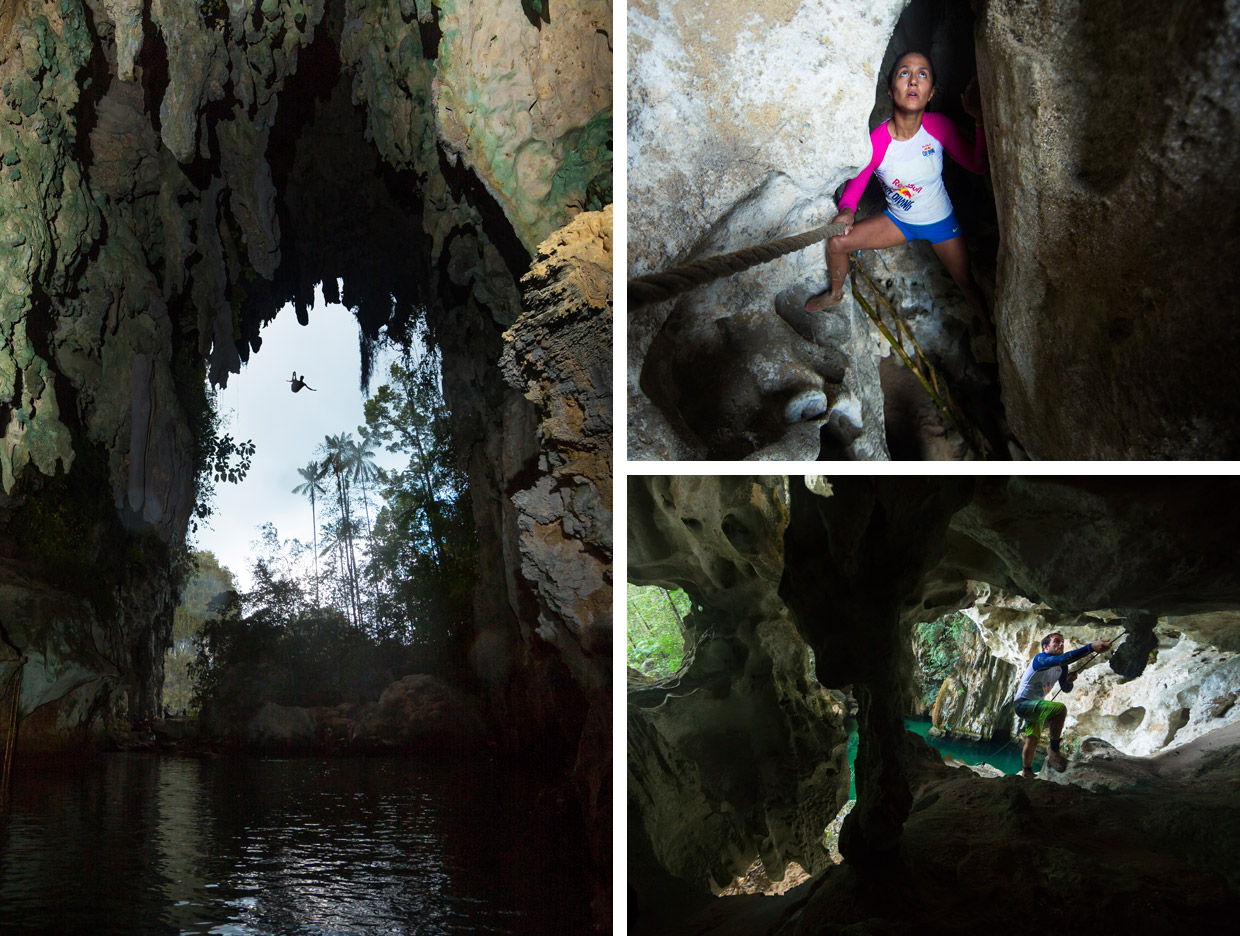
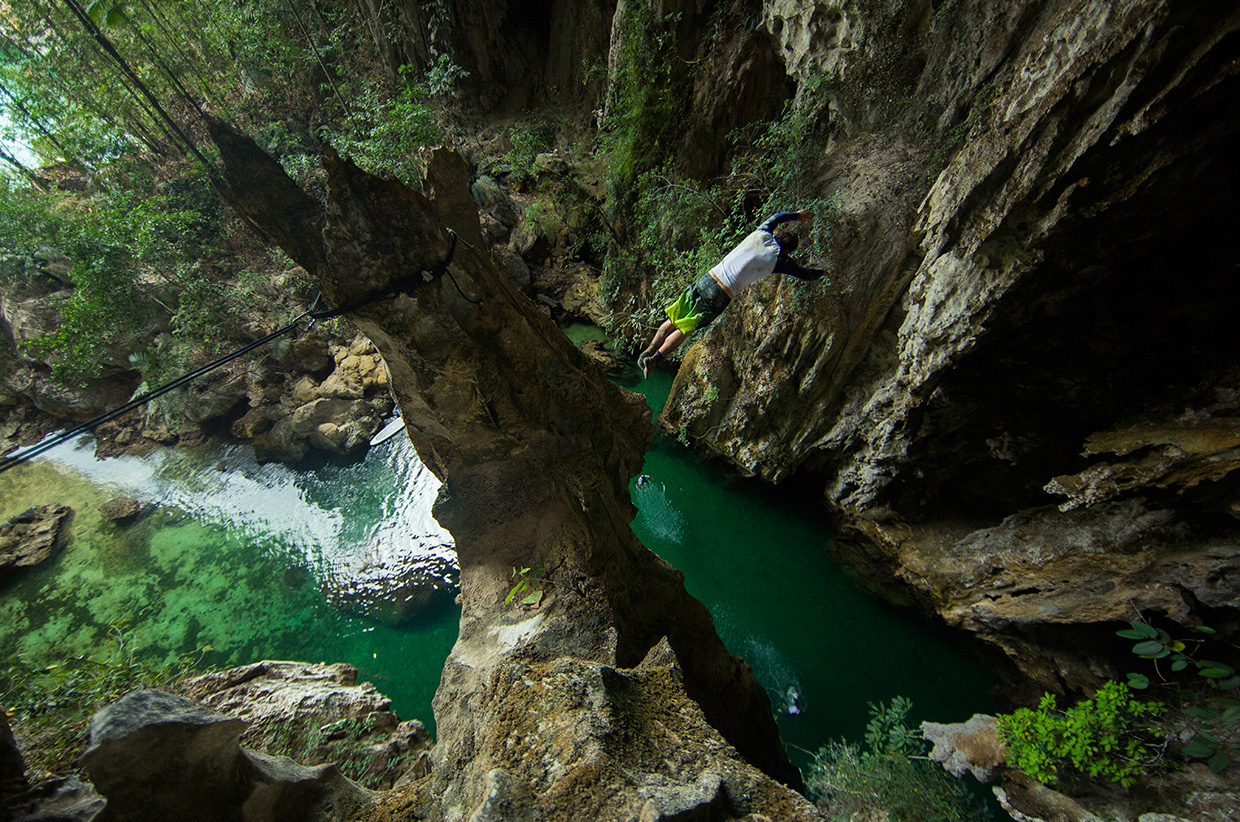
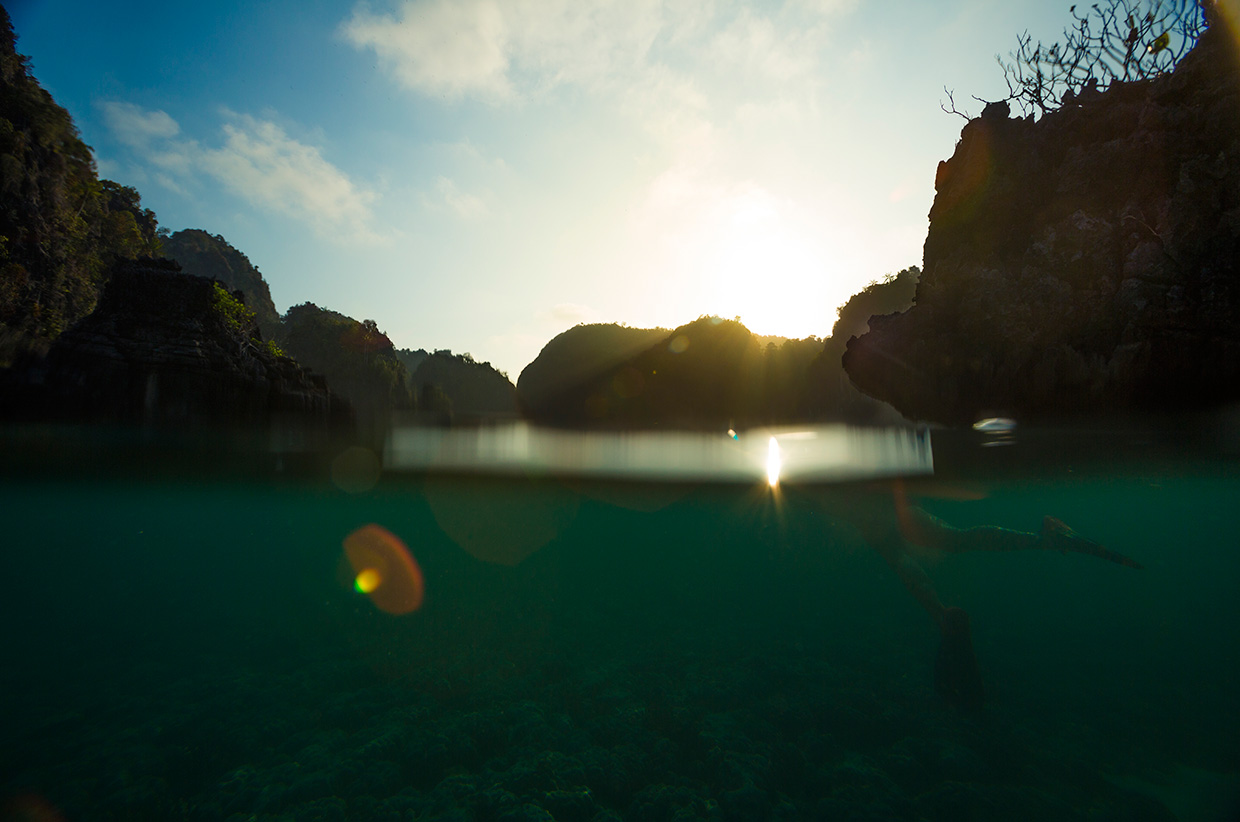
You have to believe in yourself and in the process, but really, though, you’re jumping into the unknown. That’s a pretty hard thing to deal with mentally, but if you can, you have mastered the art of cliff diving.
As well as completing standard, required dives, Red Bull competitors must push the boundaries of their sport by creating and executing their own dives. The process of learning a new dive begins far away from the eyes of spectators and the fresh air of the cliffs, bridges and even rooftops of the World Series.
‘You need new dives to stay in contention,’ Aldridge says. ‘The progression of the sport never stops. It all starts in the pool before you go out to 27m. Learning a new dive is exciting, scary and inspiring.
‘The most important thing about learning a new dive is making sure that you are confident enough to do it, but you have to be realistic as well. Your body and mind really have to work together. First of all you have to work out what dive you are going to learn – the combination of moves that will make up the whole. You have to go to the 10m pool and break the start, the middle and the end down. Then you have to repeat the process over and over again, until you can visualise the whole thing in your head. That’s hard though, because you’ve never completed the dive in its entirety.
‘When you get to the location, you need mental strength. You have to believe in yourself and in the process, but really, though, you’re jumping into the unknown. That’s a pretty hard thing to deal with mentally, but if you can, you have mastered the art of cliff diving.’
Divers live for those brief seconds in the air. They tell similar stories of quiet and mental calm, which seems so far removed from the external drama and dynamism that they are playing out. A combination of muscle memory and hours of visualisation means that there is a sense of simply executing what they have trained for, without the need for conscious thought.
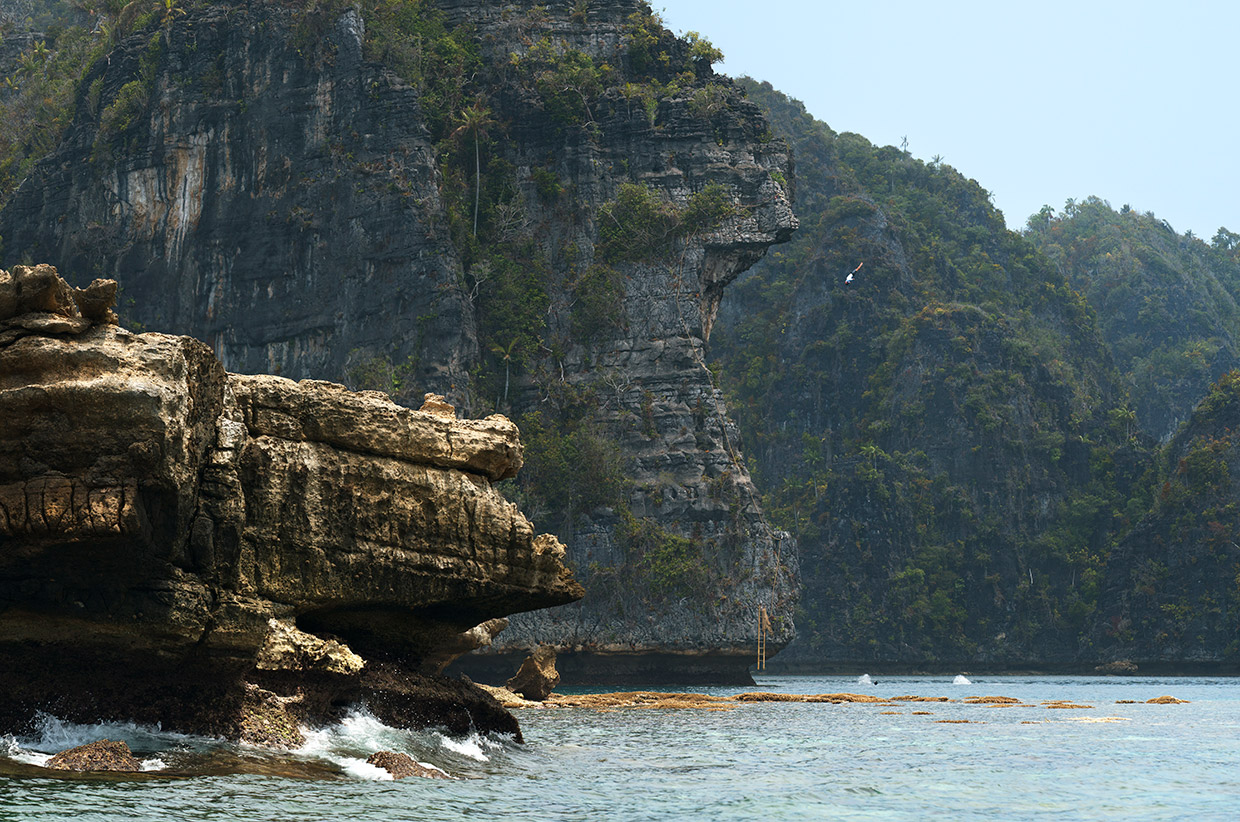
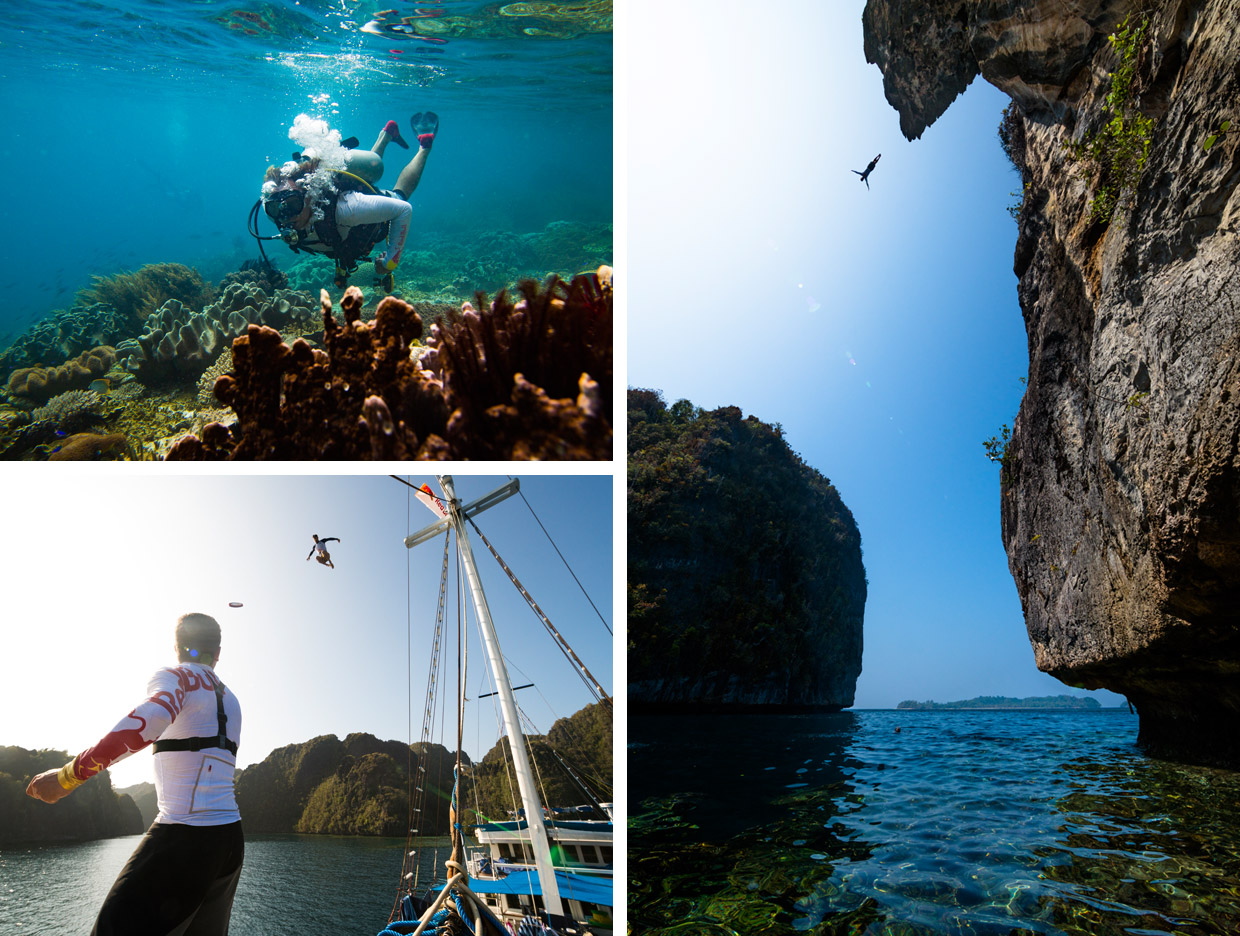
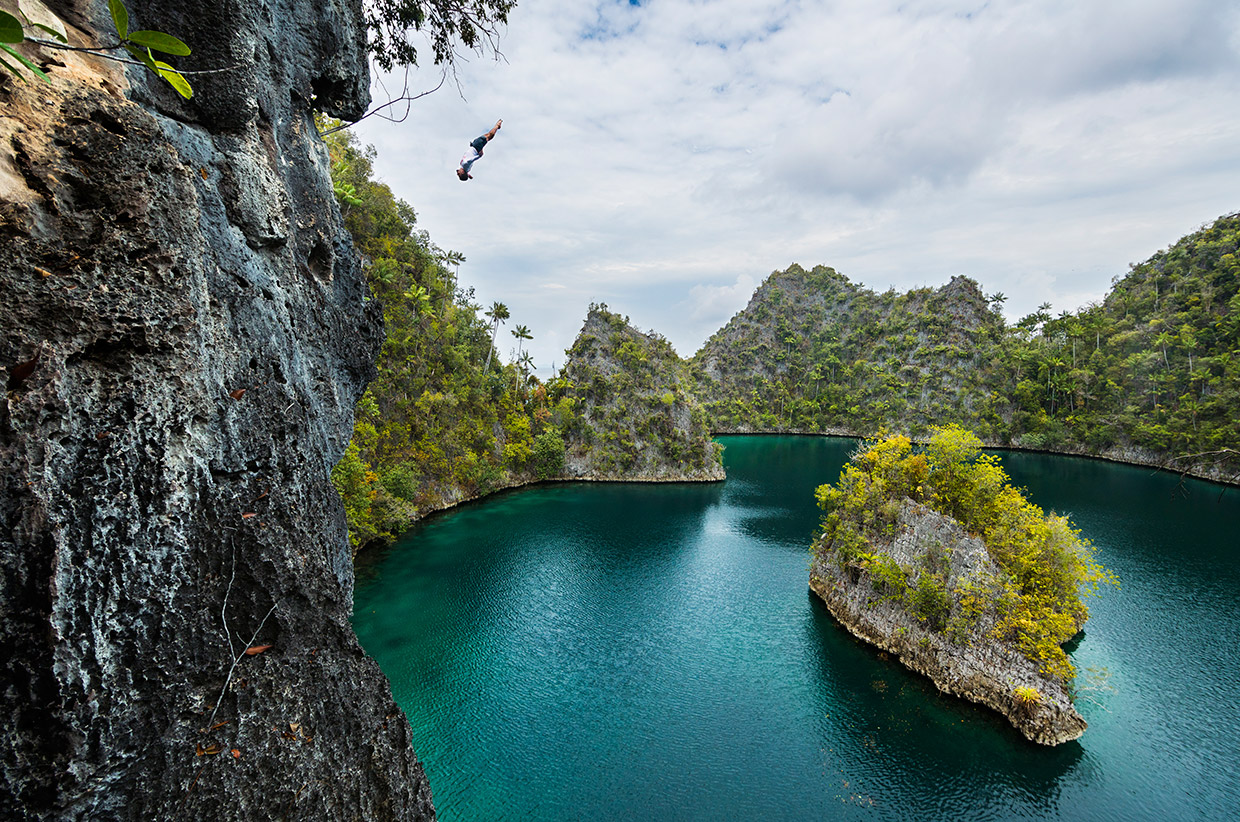
‘It is pure flight, pure bliss, it’s just a magical moment,’ Colturi enthuses. ‘As soon as your toes leave that platform and you are suspended in the air, that feeling of freefall, but having the control to do your rotations, do your dive, is really like you’re mastering gravity. Flying through the air, you cannot even explain it with words, it’s a feeling like nothing else on Earth.’
Perhaps the real beauty of the sport is that while the divers construct ever more complex dives, seeking to execute them with ever more precision, it is within the tightest pocket of control. Despite their mastery and athleticism, they will never avoid the inevitable, never defy gravity. Their flight will always be short lived and, as the truism goes, it’s not the falling that kills you, it’s the landing.
‘And that moment right after your feet go through and as soon as your head’s under the water you know immediately if you’re OK,’ Colturi says. ‘The water can rip your limbs, you can take a shot to your chin. If it goes wrong you’re going to be sore for days or even weeks. As soon as you realise you are OK, even with your head still under water, you turn your mind to the score and whether you executed the dive well.’
It’s the fleeting nature of diving that draws this select bunch, the balance of technical athleticism with real danger. And because gravity will always win, they must keep returning, climbing to the top of the cliff and standing alone again. Deep breath, eyes closed, visualising the leap that they are about to take.
Three Seconds is a Single Moment story by David Colturi in Sidetracked Volume Eight
Jakob Schweighofer is and adventure photographer, climber and nature addict. He has travelled through a lot of different mountainous landscapes in the hope to find new perspectives both for himself and others. He is hooked on the beauty of our world’s diverse nature and all its unique delicacies.
Website: schweighofer-photographs.com
Website: whiteroom-productions.com
Instagram: @jakobschweighofer
Facebook: /Jakob-Schweighofer-Photographs
Written by Tom Hill
Website: lostisfound.net
Twitter: @24Tom
Instagram: @24Tom



